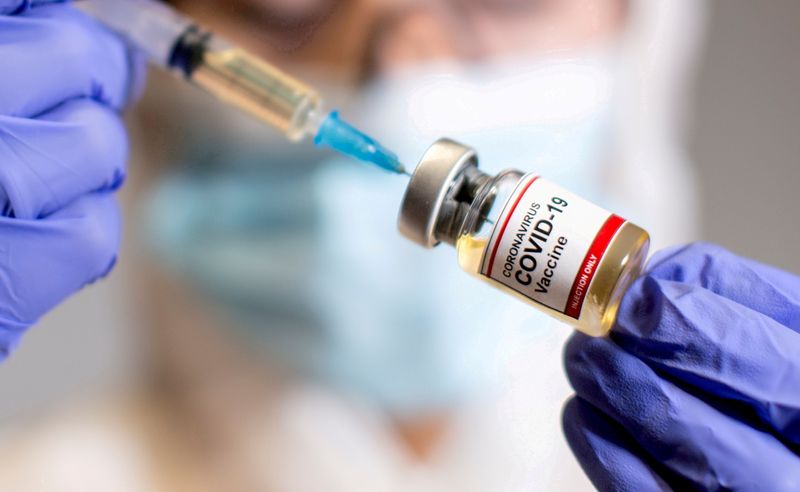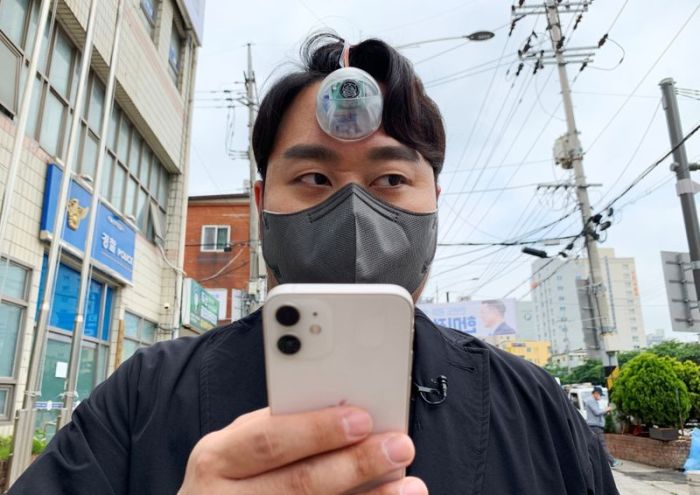(Reuters) – The following is a roundup of some of the latest scientific studies on the novel coronavirus and efforts to find treatments and vaccines for COVID-19, the illness caused by the virus.
COVID-19 hospitalizations up among U.S. adolescents
COVID-19 hospitalizations rose among U.S. adolescents in March and April, and nearly a third of those hospitalized needed intensive care, according to data from more than 250 hospitals in 14 states released by the Centers for Disease Control and Prevention (CDC) on Friday. “Rates of COVID-19-associated hospitalization among adolescents also exceeded historical rates of seasonal influenza-associated hospitalization during comparable periods,” researchers reported in the CDC’s Morbidity and Mortality Weekly Report. The hospitals reported a total of 204 adolescents hospitalized for COVID-19 in March and April. “Until they are fully vaccinated, adolescents should continue to wear masks and take precautions when around others who are not vaccinated to protect themselves, and their family, friends, and community,” CDC Director Rochelle Walensky said in a statement on Friday. “I ask parents, relatives and close friends to join me and talk with teens about the importance of these prevention strategies and to encourage them to get vaccinated.” (https://bit.ly/3ieKdxb)
Heart inflammation may be rare vaccine side effect in teens
Temporary heart inflammation may be a rare side effect of the Pfizer/BioNTech COVID-19 vaccine in teenagers, according to pediatricians who reported on seven cases from across the United States. The previously healthy adolescents – all boys – developed chest pain within four days after their second dose. MRI exams showed myocarditis, or heart muscle inflammation. “Fortunately, none of our patients was critically ill,” the authors reported on Friday in Pediatrics. The boys’ symptoms resolved “rapidly” with medication. Measures of cardiac status had returned to normal at check-ups performed after one-to-three weeks. Myocarditis is a known rare adverse event following other vaccinations, the authors noted. There is no proof, however, that the vaccine caused these cases. “So far, over 2.2 million teenagers (aged) 16-17 have already received 2 doses of Pfizer vaccine, and over 3 million kids 12-15 years old have received dose #1,” said coauthor Dr. Judy Guzman-Cottrill of Oregon Health & Science University. “These are huge, very reassuring denominators.” COVID-19 itself can cause myocarditis, she noted. “After looking at the risks and benefits, the data support getting kids vaccinated.” (https://bit.ly/3fOYm2d; https://bit.ly/3uLeQNi)
Measuring longer-lasting COVID-19 immunity feasible
Along with testing for antibody levels after COVID-19 or vaccination to gauge a person’s immunity to the virus, measuring the response of the immune system’s T cells could provide important information, according to researchers based at Cardiff University. While antibody levels wane over time, T cell responsiveness can last for months or years. But T cells have been harder to measure in cost-effective ways. Adapting a method widely employed to measure immune responses to other types of infections, the researchers took blood samples from adults and children and stimulated T cells with small proteins specific to the SARS-CoV-2 virus. T cells that recognize these proteins, because the person has been previously infected or vaccinated, “are triggered to produce chemicals like interferon which can be easily measured,” said study coauthor Andrew Godkin. The results were about 96% accurate, researchers reported on Tuesday on medRxiv ahead of peer review. “The test is very sensitive and seems to be accurate at identifying people previously exposed to the virus,” Godkin said. “The test is widely available, easy to employ, and should play a very useful role in monitoring this pandemic.” (https://bit.ly/3vTWfjw)
Virus unlikely to insert genetic fragments into patients’ genetic code
A new study refutes the controversial claim made by researchers last month in PNAS that small fragments of genetic instructions from the coronavirus became integrated into the genome of infected cells, in test tube experiments. In principle, coronavirus RNA generated by such integrated snippets, while probably not harmful, might cause positive COVID-19 PCR tests long after a patient has recovered, the authors of that study said. But when researchers in Australia sought to find signs of SARS-CoV-2 genetic code integrated into the DNA of infected cells, they could not find any. “This was despite using the same sequencing technology and cell type (as in the PNAS study) and performing substantially more DNA sequencing,” said Geoffrey Faulkner of the University of Queensland. The new finding were posted on Sunday on bioRxiv ahead of peer review. The researchers did find copies of hepatitis B virus integrated into liver tissue, and copies of other DNA elements integrated into the cells they experimented with, “suggesting our approach would have found SARS-CoV-2 copies” if they were present, he said. His team agrees with others who suggest the PNAS findings may have reflected unintended effects of experimental methods. “We think SARS-CoV-2 integration into DNA is possible in human cells even if it is likely to be incredibly rare in patients,” Faulkner said. (https://bit.ly/3cisKzW)
Open https://tmsnrt.rs/3c7R3Bl in an external browser for a Reuters graphic on vaccines in development.
(Reporting by Nancy Lapid and Christine Soares; Editing by Bill Berkrot)

























